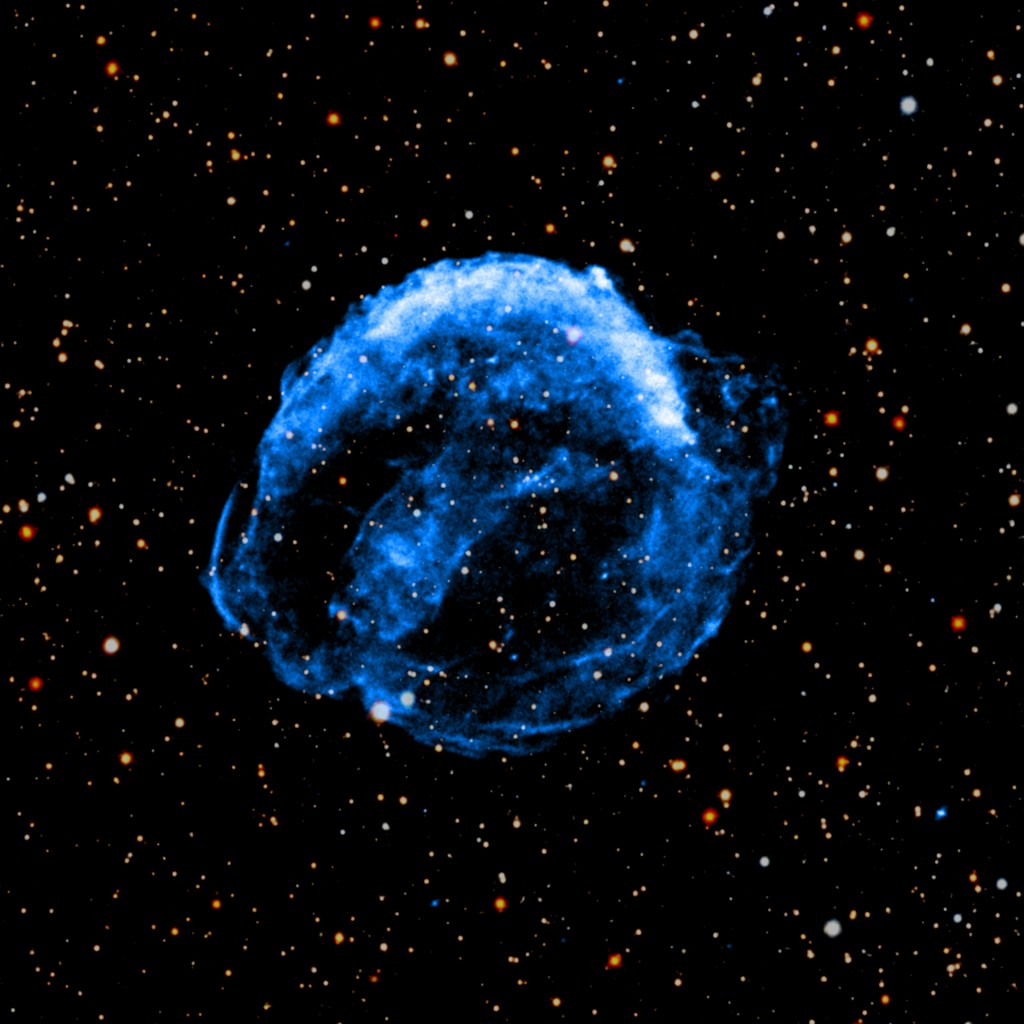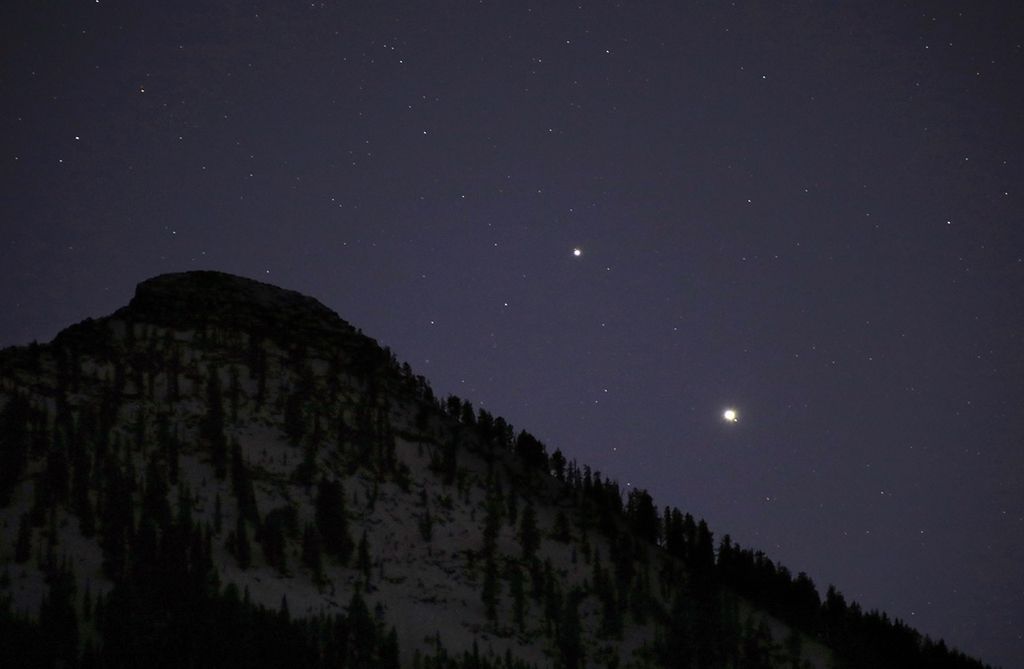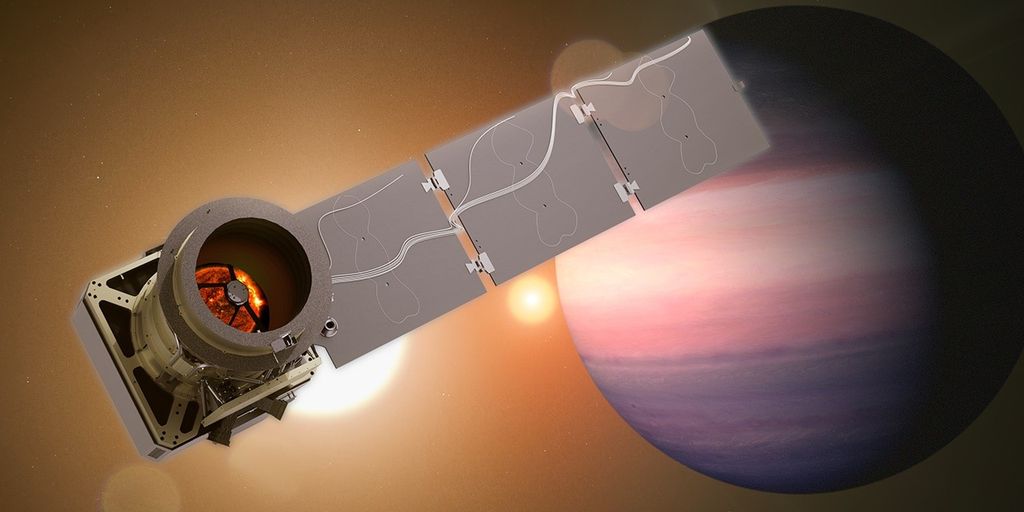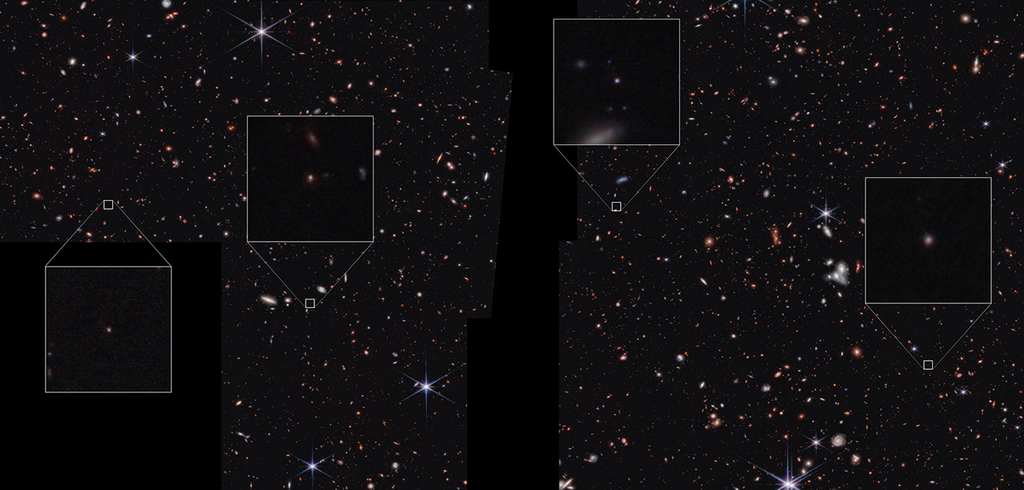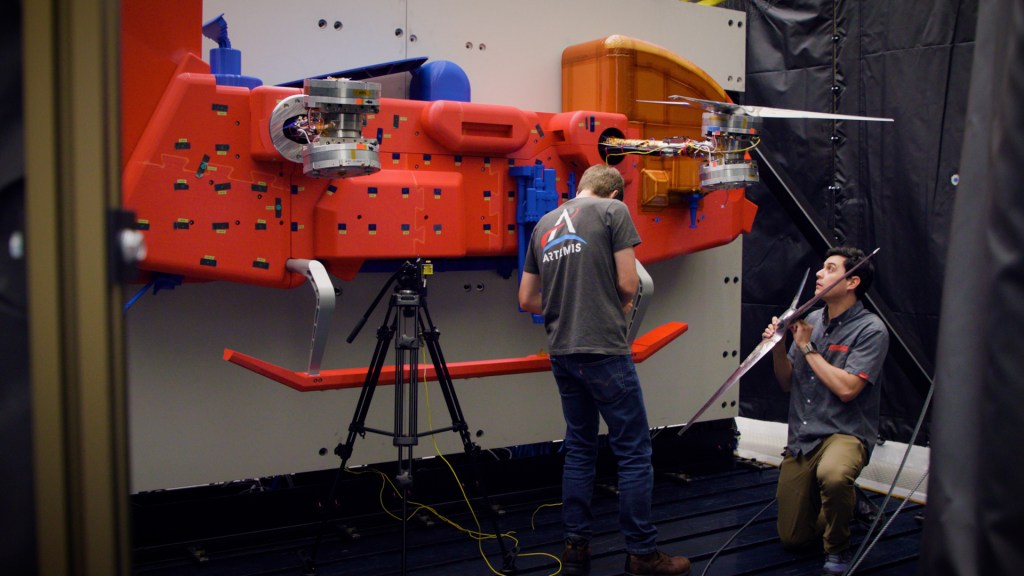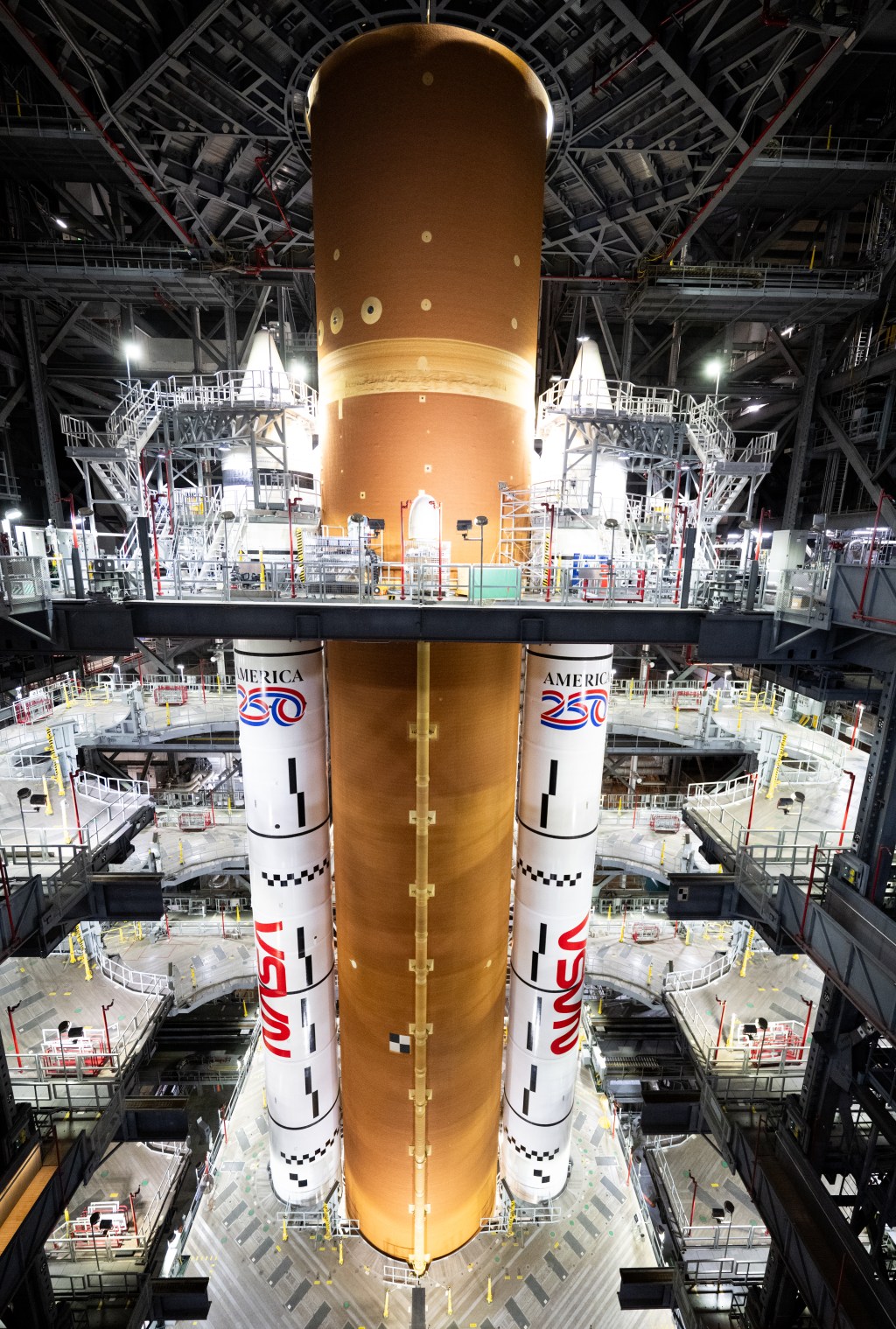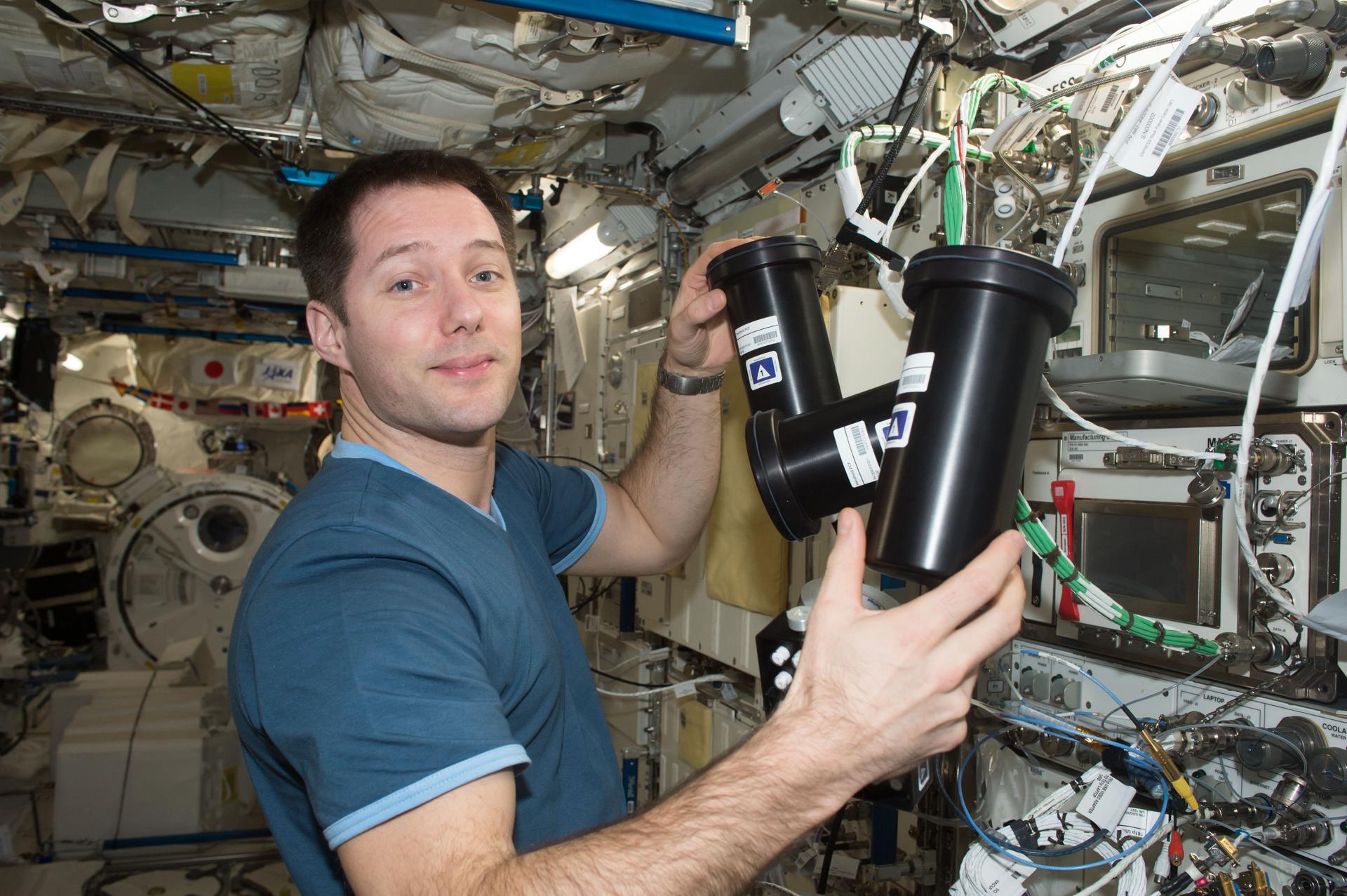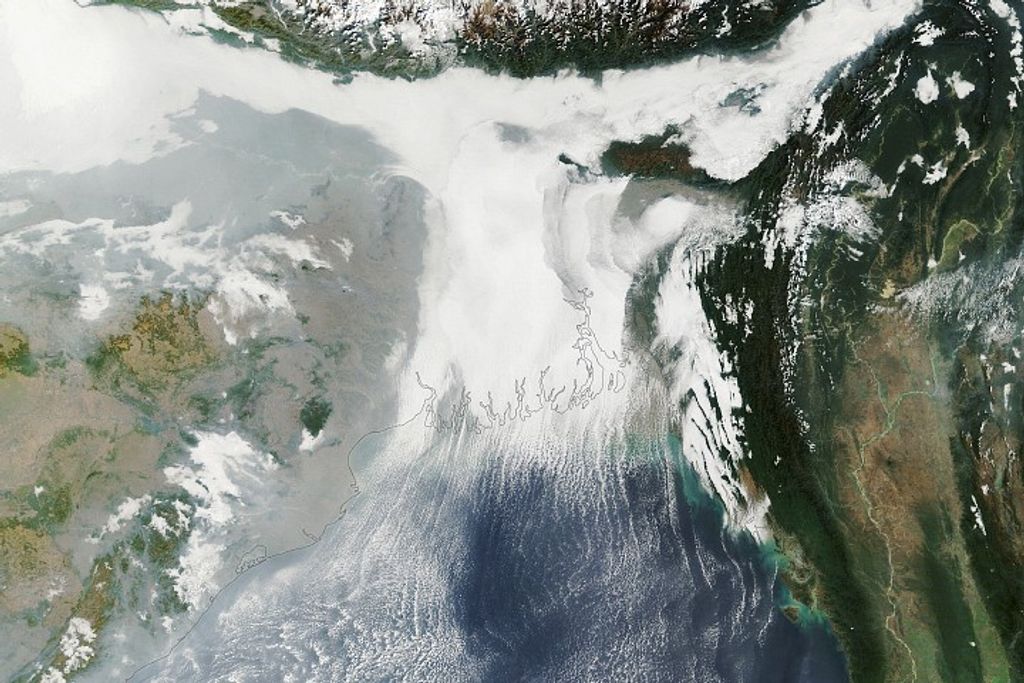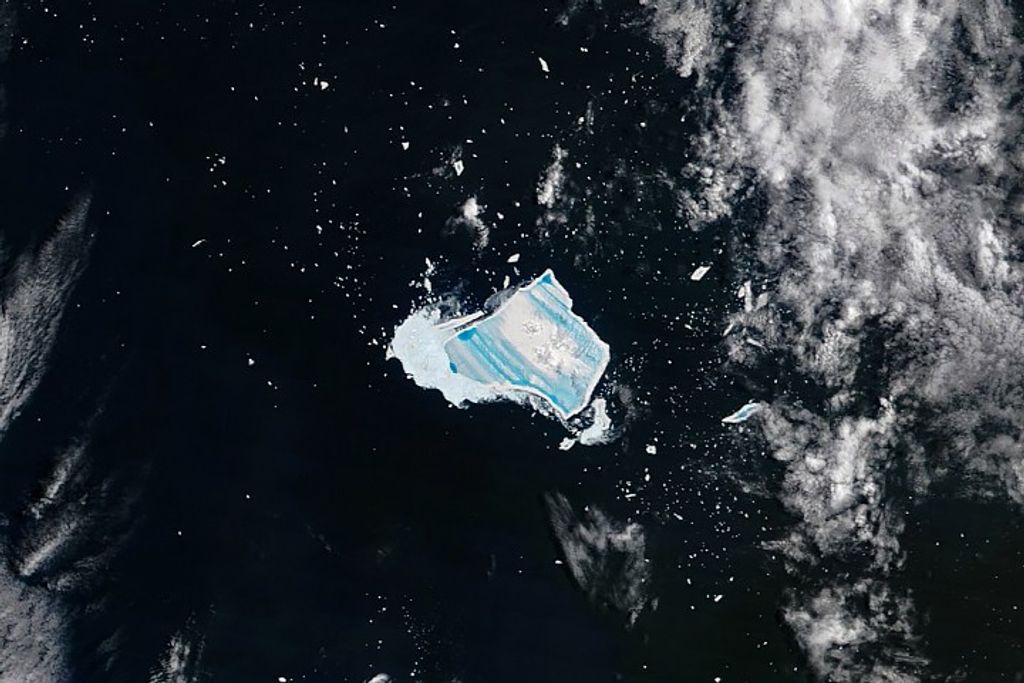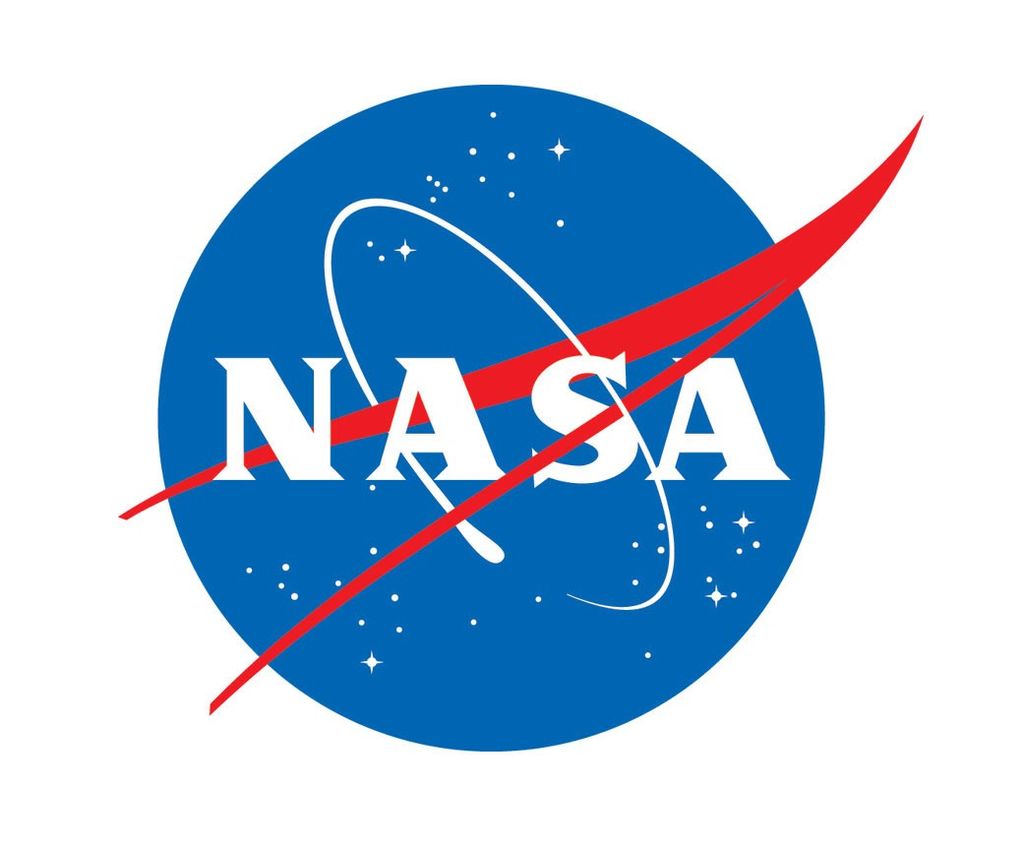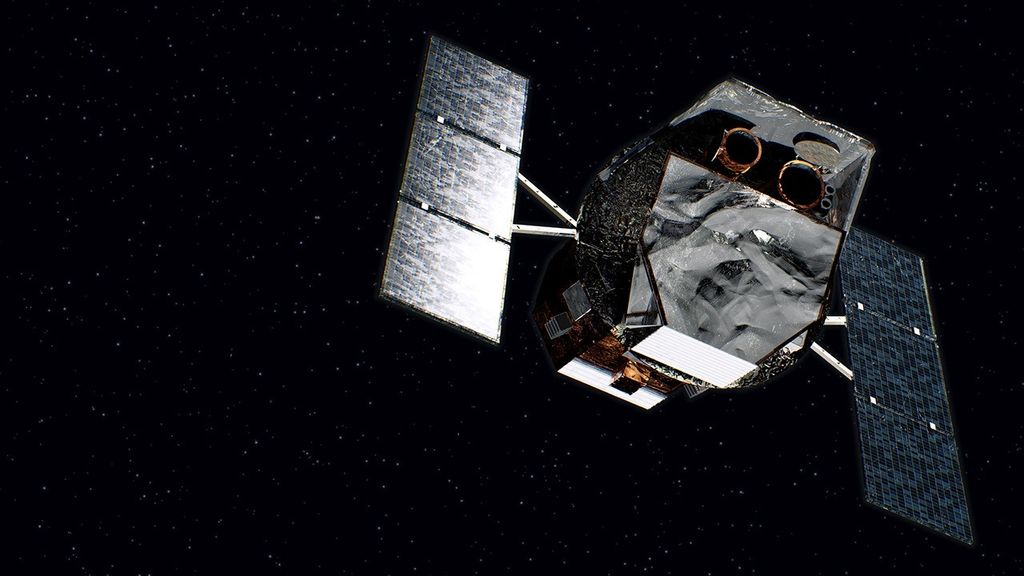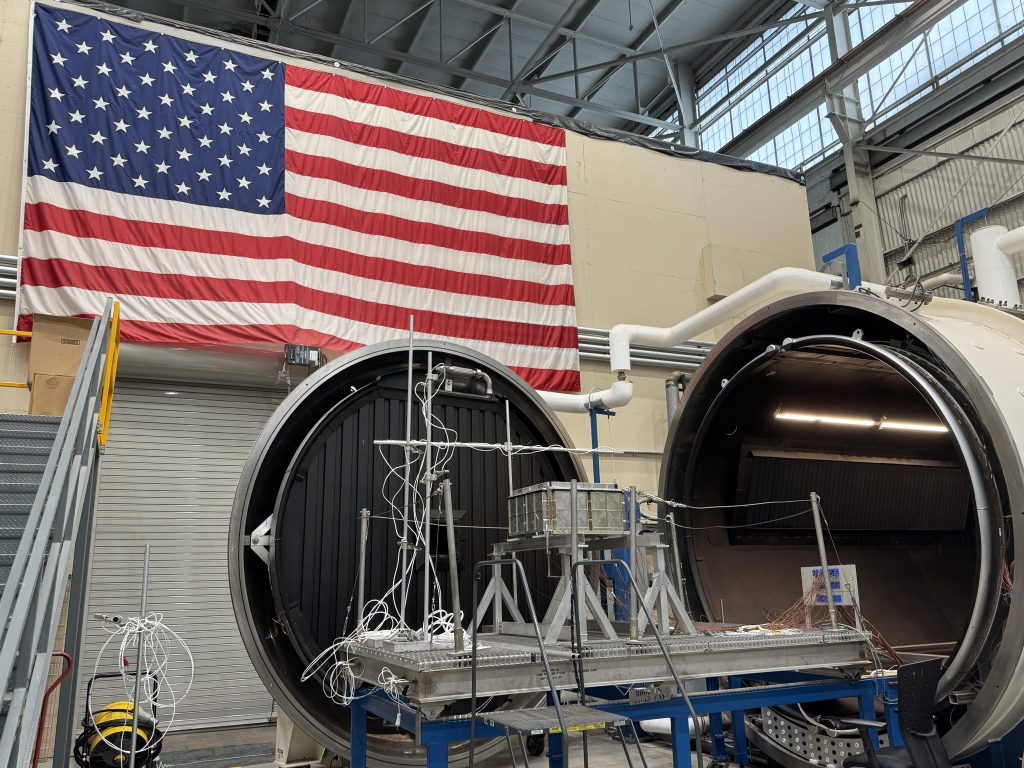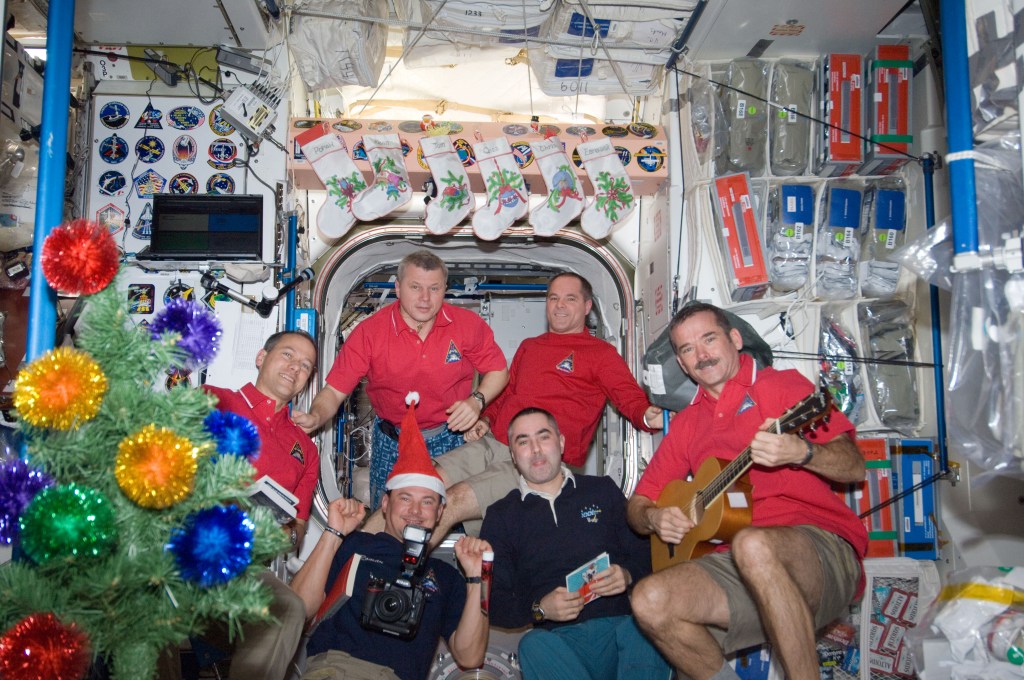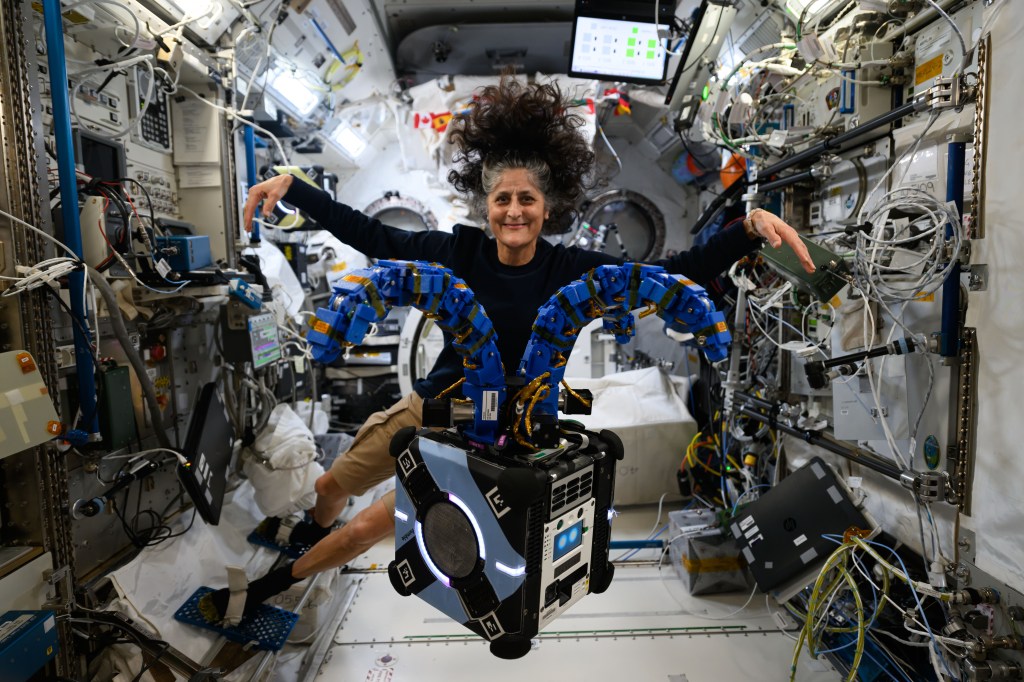The Nature of Ozone in Deep Convective Clouds
Ozone within deep convective clouds is controlled by several factors involving photochemical reactions and transport. Gas-phase photochemical reactions and heterogeneous surface chemical reactions involving ice, water particles, and aerosols inside the clouds all contribute to the distribution and net production and loss of ozone.
The first ever long-record data product of ozone concentrations in deep convective clouds is derived from satellite remote sensing of Aura Ozone Monitoring Instrument (OMI) and Microwave Limb Sounder (MLS) Data.
Ozone in thick clouds (i.e., "Thick-Cloud Ozone") is largely a manifestation of boundary layer / low tropospheric ozone injected upward via deep convection
The measurements reveal ozone concentrations in thick clouds as low as 10 ppbv or less over pristine oceanic regions and concentrations of 60 ppbv or greater over more polluted regions such as southern Africa and India/East Asia. The seasonal variability of both clear-sky and thick-cloud ozone over India/East Asia is shown to be linked to changes in pollution over this broad region
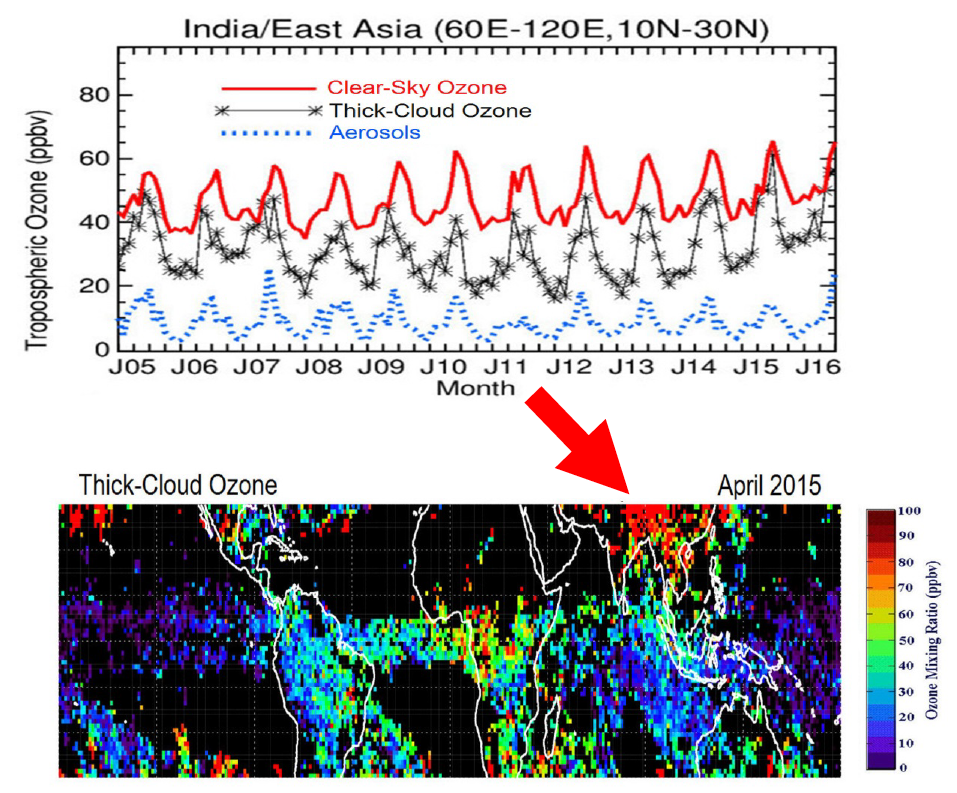
Characterizing ozone in thick clouds is an important step for quantifying relationships of ozone with tropospheric H2O, OH production, and cloud microphysics/transport properties
Measuring ozone in deep convective clouds from either aircraft or balloon ozonesondes is largely not possible due to extreme meteorological conditions associated with these clouds; however, it is possible to determine ozone in thick clouds using backscattered solar UV radiation measured by satellite instruments such as OMI.
The cloud-ozone measurements reveal many key features including: persistent low ozone concentrations in the tropical Indian Ocean and Pacific Ocean of ~10 ppbv or less; concentrations of up to 60 pphv or greater over landmass regions of South America, southern Africa, Australia, and India/east Asia; connections with tropical ENSO events; and intra-seasonal/Madden-Julian Oscillation (MJO) variability. Analysis of co-incident OMI aerosol measurements further suggests a direct cause and effect relation between boundary-layer pollution and elevated ozone inside thick clouds over land-mass regions including southern Africa and India/east Asia
Data Sources:
Our cloud-ozone data product is generated by combining profile ozone from the MLS with both column ozone and cloud parameter measurements from OMI. These "cloud-ozone" measurements represent the mean ozone concentration (in units ppbv) of ozone lying in the upper levels of deep convective clouds between 550 hPa and cloud top. The time period covered for this first version of the cloud-ozone data is October 2004 through April 2016 with spatial coverage from 30°S to 30°N. This cloud-ozone data product is the first of its kind and is made available and free for the public via ftp://jwocky.gsfc.nasa.gov/. We acknowledge greatly the Aura MLS and OMI instrument and algorithm teams for their extensive satellite data included in our study. OMI is a Dutch-Finnish contribution to the Aura mission.
References:
Ziemke, J. R., S. A. Strode, A. R. Douglass, J. Joiner, A. Vasilkov, L. D. Oman, J. Liu, S. E. Strahan, P. K. Bhartia, D. P. Haffner (2017), A Cloud-Ozone Data Product from Aura OMI and MLS Satellite Measurements, Atmos. Meas. Tech., 10, 4067-4078,https://doi.org/10.5194/amt-10-4067-2017.
11.16.2017
OMI
Aura’s Ozone Monitoring Instrument (OMI) instrument can distinguish between aerosol types, such as smoke, dust, and sulfates, and measures cloud pressure and coverage, which provides data to derive tropospheric ozone.…
Learn More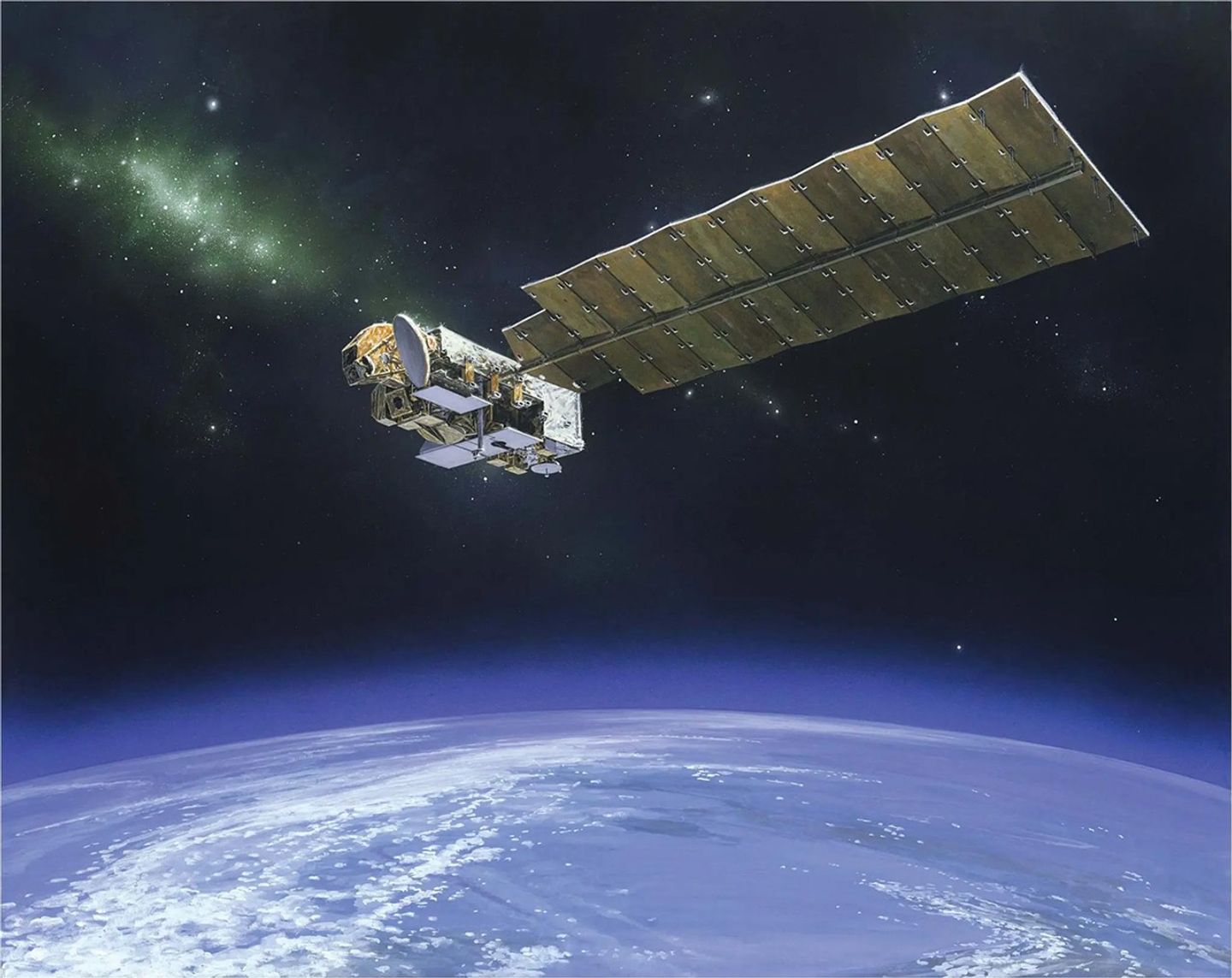
MLS
Aura’s Microwave Limb Sounder (MLS) instrument uses microwave emission to measure stratospheric temperature and upper tropospheric constituents. MLS also has unique capability to measure upper tropospheric water vapor in the…
Learn More

